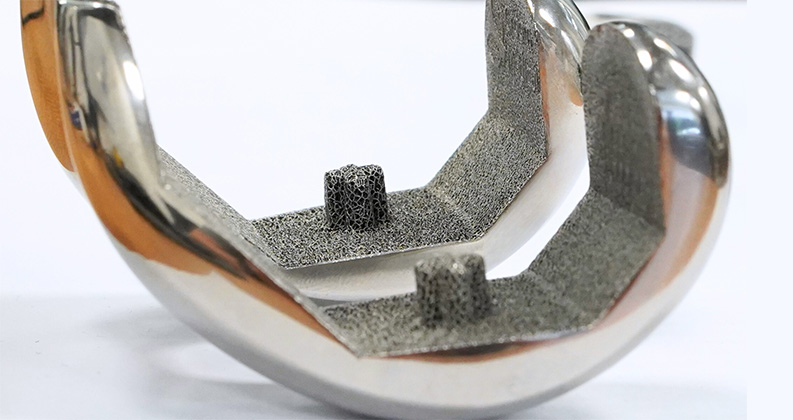
Robotic-assisted surgery is a dominant trend in orthopedics, with companies seeking to create new revenue streams and help surgeons perform procedures more proficiently.
The largest orthopedic companies in joint replacement and spine have robotic systems. More than a dozen smaller orthopedic companies have a robot on the market or in development, as noted in our infographic.

Infographic proudly sponsored by Autocam Medical.
Multiple trends are driving the orthopedic robotic space today, including selling strategies, ASC compatibility and data integration.
Orthopedic companies know that hospitals face constraints with purchasing capital equipment. Instead of selling their robotic system, some companies provide the robot at no cost or a discount in exchange for a specific volume of procedures with their robot and implants.
Also, more joint replacement and spine surgeries — the two major market segments for today’s robotic systems — will continue to shift to ambulatory surgical centers (ASCs). We’re seeing robots getting smaller and companies touting their system’s ability to serve the outpatient market best.
Finally, data is a growing currency in orthopedic and healthcare. Robotic systems can capture and produce a lot of data based on a surgeon’s actions. Companies plan to integrate this information into their enabling technology ecosystems and artificial intelligence programs.
While robotics continues to gain adoption in orthopedics, it remains less than 3% of total orthopedic market sales, according to our estimates.




